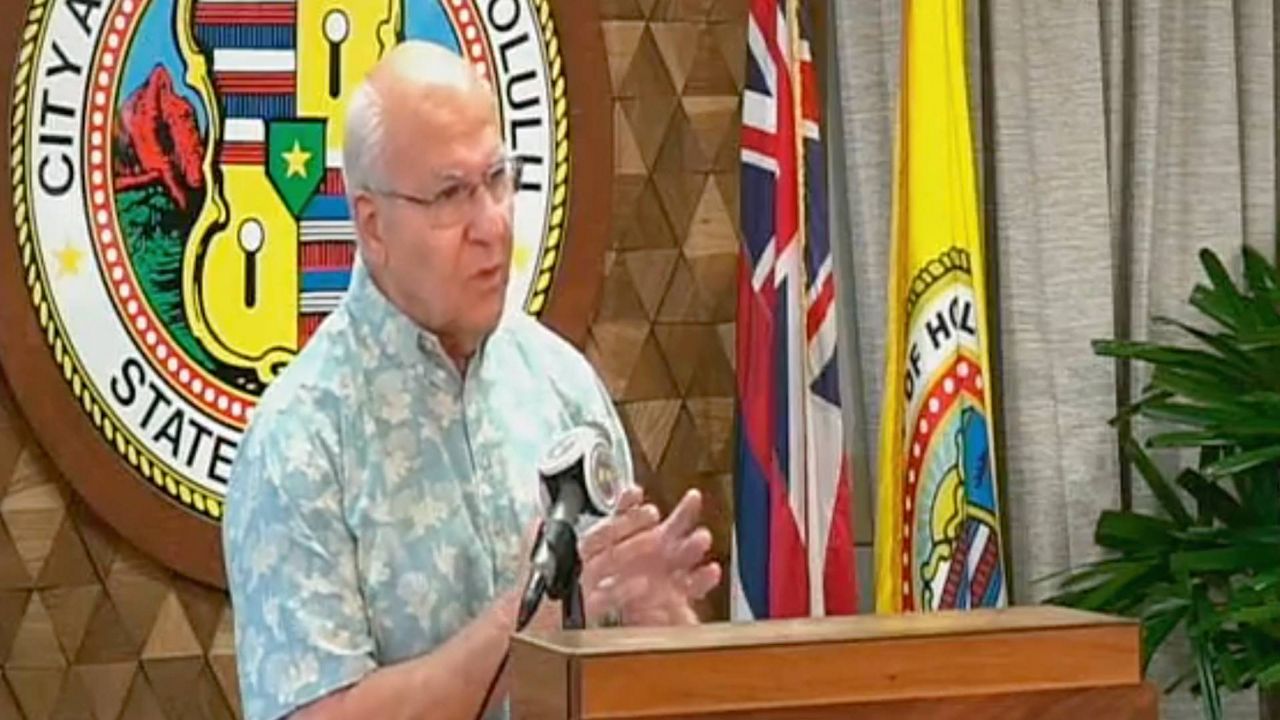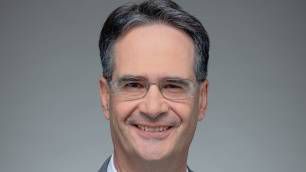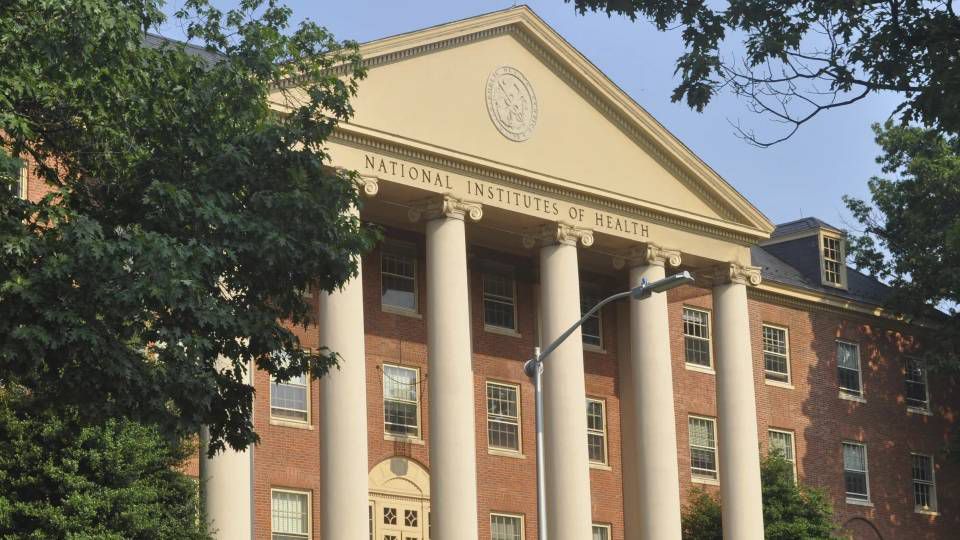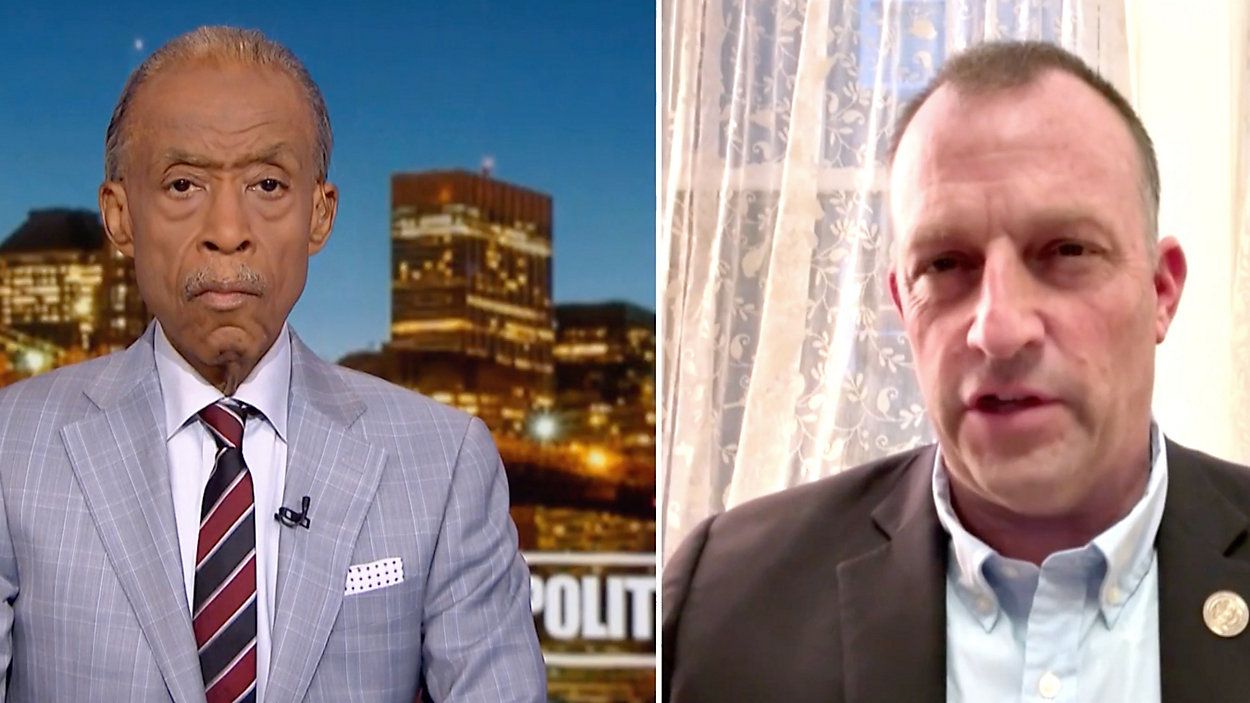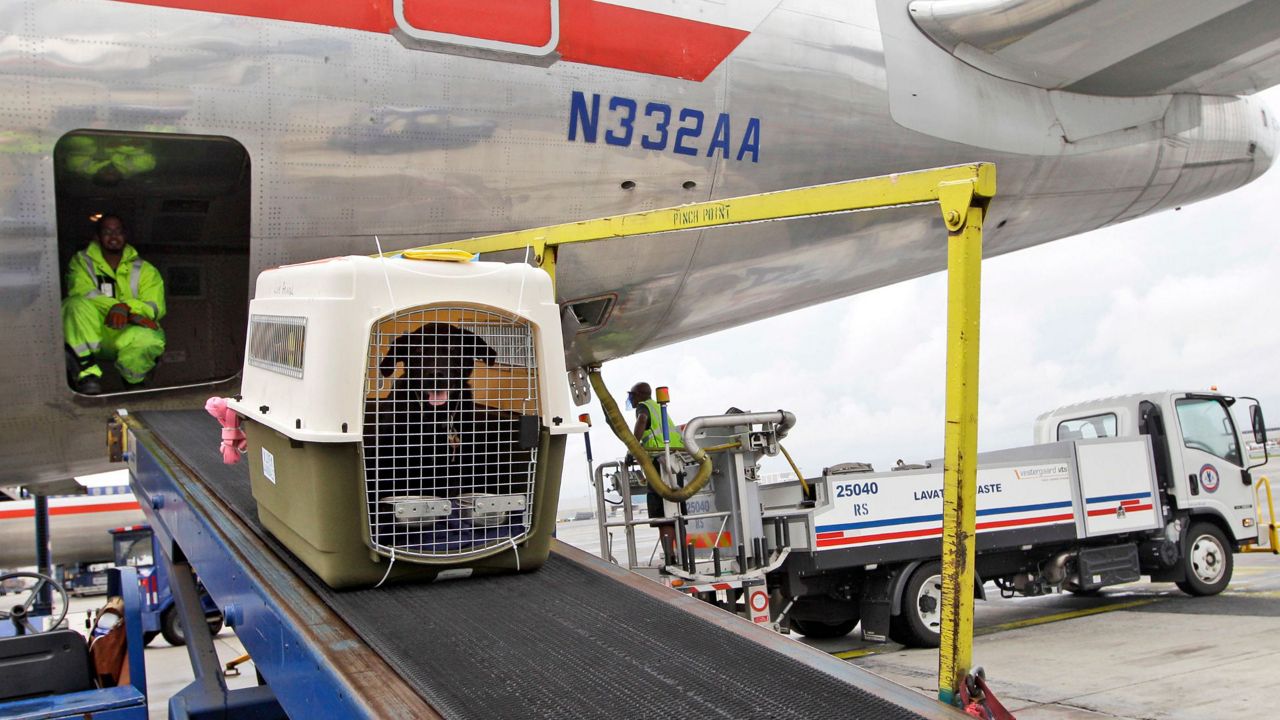HONOLULU — Just a little more than two years after Gov. David Ige’s first statewide emergency proclamation regarding the COVID-19 pandemic, Mayor Rick Blangiardi announced that the last of the City and County of Honolulu’s restrictions will expire.
“This is a day we waited for for the last two years. We have been really hamstrung, if you will, by COVID since March 4, 2020. That’s hard to believe.”
He added, “We’re going to allow our last restriction we had in place — Safe Access — and (we) want to sunset (that) this week at midnight on March 5.
“We’re very excited about that because what that really means now is the city has no emergency orders. We are back to where we were before the fourth of March 2020. So with respect to restrictions, there are none any longer.”
With the lifting of restrictions, the public will no longer have to show proof of vaccination or a negative COVID test to enter businesses such as restaurants, bars, gyms, movie theaters, arcades and similar businesses. The mayor noted declining hospitalization rates and Oahu’s vaccination rates as two reasons for lifting the restrictions. He added that individual businesses that wish to keep certain requirements in place may do so.
“What we have been through together over the last two years has been a battle. And the people of our island have fought back bravely against this is the numbers reflect everybody has done everything that they possibly could to demonstrate a genuine concern for take care of themselves.”
Blangiardi made the announcement in a press conference on Monday. He noted that indoor mask mandates, as well as vaccine mandates for city and county employees, fall under the state’s jurisdiction, so those requirements will stay in place until the state lifts them.
He also noted that, for the time being, city testing sites will stay open. The city also has two city-managed isolation and quarantine facilities in West Loch and Aiea. The West Lock site was scheduled to close on March 1, but Blangiardi said, “We’ll still keep that facility available if needed.” The Harbor Arms location is slated available through the end of March.
“We want to transition out of this. Even though we’re letting our emergency order sunset, we understand that COVID is not over. Okay, but we’re going to go forward living with this disease, and we’ll try to act as responsibly as we can as a city organization, putting our health and welfare about people first. And so those kinds of decisions we will ease into it.”
Blangiardi acknowledged Hawaii is the last state in the country to lift its mask mandates, but he noted that, while the city doesn’t have an outdoor mask mandate, he’s observed many people walking around with masks outdoors.
“The majority, the vast majority (of people) — other than in Waikiki — outside (are) wearing masks, and I’ve been polling people lately about the mask mandate asking them and most people have said, ‘You know what, I think I still may wear my mask.’ Let’s not forget the fact that COVID killed 6 million people. And 400 million people … were sickened by it. Okay, there’s a lot of residual fear. So I’m hoping that maybe, maybe I can’t speak for the governor or the Department of Health, but if they do do that, then maybe it’ll just say it’ll be optional. Let people transition out of this disease.”
Dr. James Ireland, director of Honolulu Emergency Services, noted that EMS calls, while still slightly elevated, were returning to pre-COVID levels and that hospital capacity numbers — a key metric that Blangiardi said he would use to determine city COVID restrictions — were “good.”
“We’re in a really good spot now with respect to COVID. Today on Oahu, there’s 55 people in the hospital, and of those 55, seven are in the ICU. And this has been a drop we’ve seen over the last few weeks with respect to the city.”
He added, “I’ve said all along, and we’ve discussed all along, that someday we will be able to treat COVID like we treat the flu, meaning: get a vaccine, stay home if you’re sick, cover your mouth. And I never knew when that day would come, but I think it is coming soon, which is good news with respect to just how we behave and how we act in society.
“It’s a great job by the community and by (all the) public health people — I would be remiss not acknowledging EMS … the health care workers in all of our hospitals, and how they responded,” Blangiardi said. “They did a tremendous job. This is a time right now in a moment to be joyous.”





